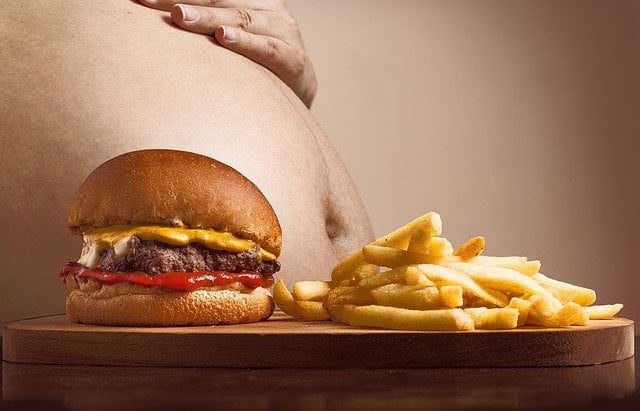
Stroke Symptoms and causes, what to do to avoid it. Stroke is the third leading cause of death in Bangladesh. According to the World Health Organization ranking, Bangladesh ranks 84th in the list of deaths due to stroke. Strokes account for 16 percent of the world’s 15- to 49-year-olds each year.
A stroke is a medical emergency that occurs when blood flow to the brain is disrupted, either by a blood clot or a ruptured blood vessel. When this happens, brain cells begin to die within minutes, which can lead to permanent brain damage, disability, or even death.
Top 10 Skin Doctor in Dhaka, Bangladesh
Stroke symptoms
- Difficulty walking
- Drooping
- Leaning face
- Inertia in words
- Paralysis on one side
- Blurred vision
The most common symptoms of a stroke include:
- Sudden weakness or numbness in the face, arm, or leg, especially on one side of the body
- Sudden confusion, trouble speaking or understanding speech
- Sudden vision problems in one or both eyes
- Sudden severe headache with no known cause
- Sudden loss of balance or coordination, trouble walking
The causes of a stroke
Due to various reasons, the blood vessels of the brain become narrow. A layer of fat accumulates inside and blocks its passage. In this, the brain cells get less blood. As a result, due to lack of nutrients and oxygen, the brain becomes dull, causing terrible events like stroke.
The causes of a stroke can vary, but the most common ones include:
- High blood pressure
- Smoking
- Diabetes
- High cholesterol
- Obesity
- Atrial fibrillation (irregular heartbeat)
- Family history of stroke or heart disease
- Previous stroke or TIA (transient ischemic attack)
Type of stroke
Ischemic stroke: Blood flow stops and the brain becomes numb due to lack of blood.
Hemorrhagic stroke: A weak blood vessel in the brain ruptures.
Mini Stroke: A fatty tissue temporarily blocks a blood vessel. It causes a temporary stroke. At this time, the patient sees darkness in the eyes, it is called black out. Mini strokes can be identified as storm warning signs.
What to do
- Those with a family history of stroke at a young age should be extra cautious.
- Regular checkup should be done. Uncontrolled blood pressure should be managed.
- Can’t sit and work all day. Have to walk. Five days a week you should walk briskly for half an hour a day.
- Blood cholesterol should be reduced.
- Fast food, deep fried food should be excluded from the diet.
- Excess salt, fat and sugar should be avoided.
- Reduce belly fat and keep weight normal.
- Continuous stress and mental pressure cannot be taken.
- Smoking and drinking should be avoided.
- Diabetes should be controlled. In addition to eating according to the rules, you should walk regularly.
- A balanced diet should include plenty of fruits, vegetables, pulses, nuts, whole grains, olive oil, fish and lean meat. A healthy diet reduces the risk of stroke by 80 percent.
- Foods with excess salt such as pickles, fast food, salty hilsa, salty biscuits should be avoided.
To avoid having a stroke, it’s important to take steps to reduce your risk factors. These include:
- High blood pressure
- Smoking
- Diabetes
- High cholesterol
- Obesity
- Atrial fibrillation (irregular heartbeat)
- Family history of stroke or heart disease
- Previous stroke or TIA (transient ischemic attack)
Stroke Treatment
Call an ambulance as soon as possible if you see symptoms of a stroke. First go to the emergency room. Neurologist’s advice should be followed.
If you think you or someone else may be having a stroke, it’s essential to seek medical attention immediately. The faster you receive treatment, the better your chances of recovery.
Types of stroke, Causes of stroke, Brain stroke symptoms, Mild stroke symptoms, What is stroke, Ischemic stroke, Hemorrhagic stroke, Ischemic stroke treatment


